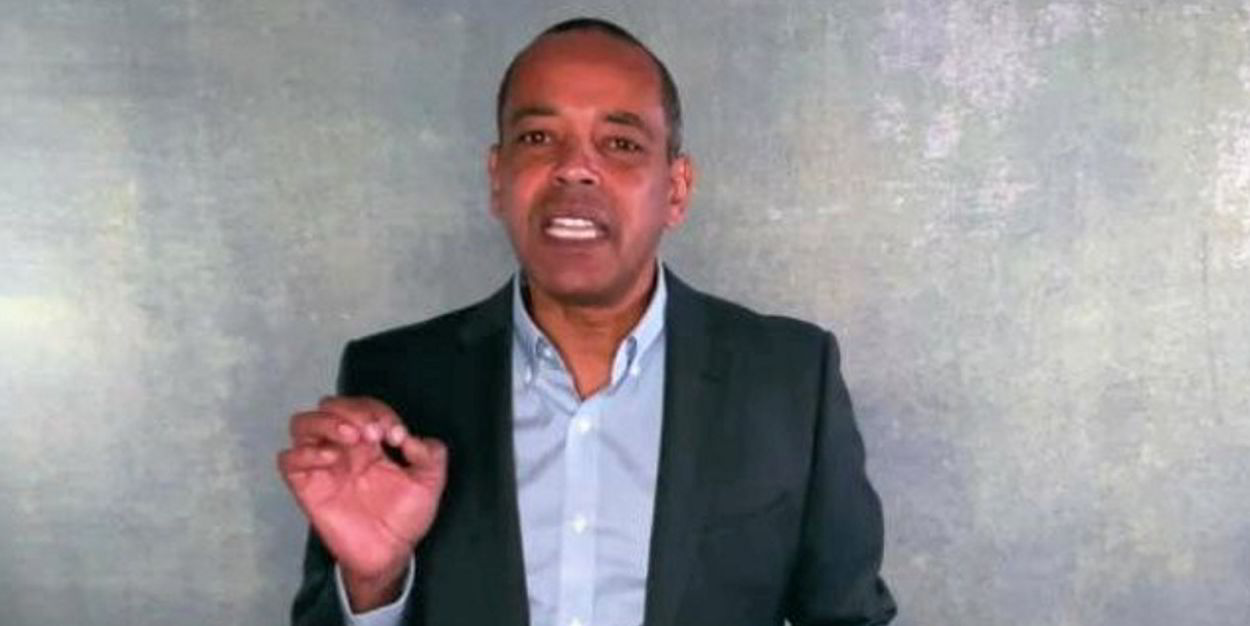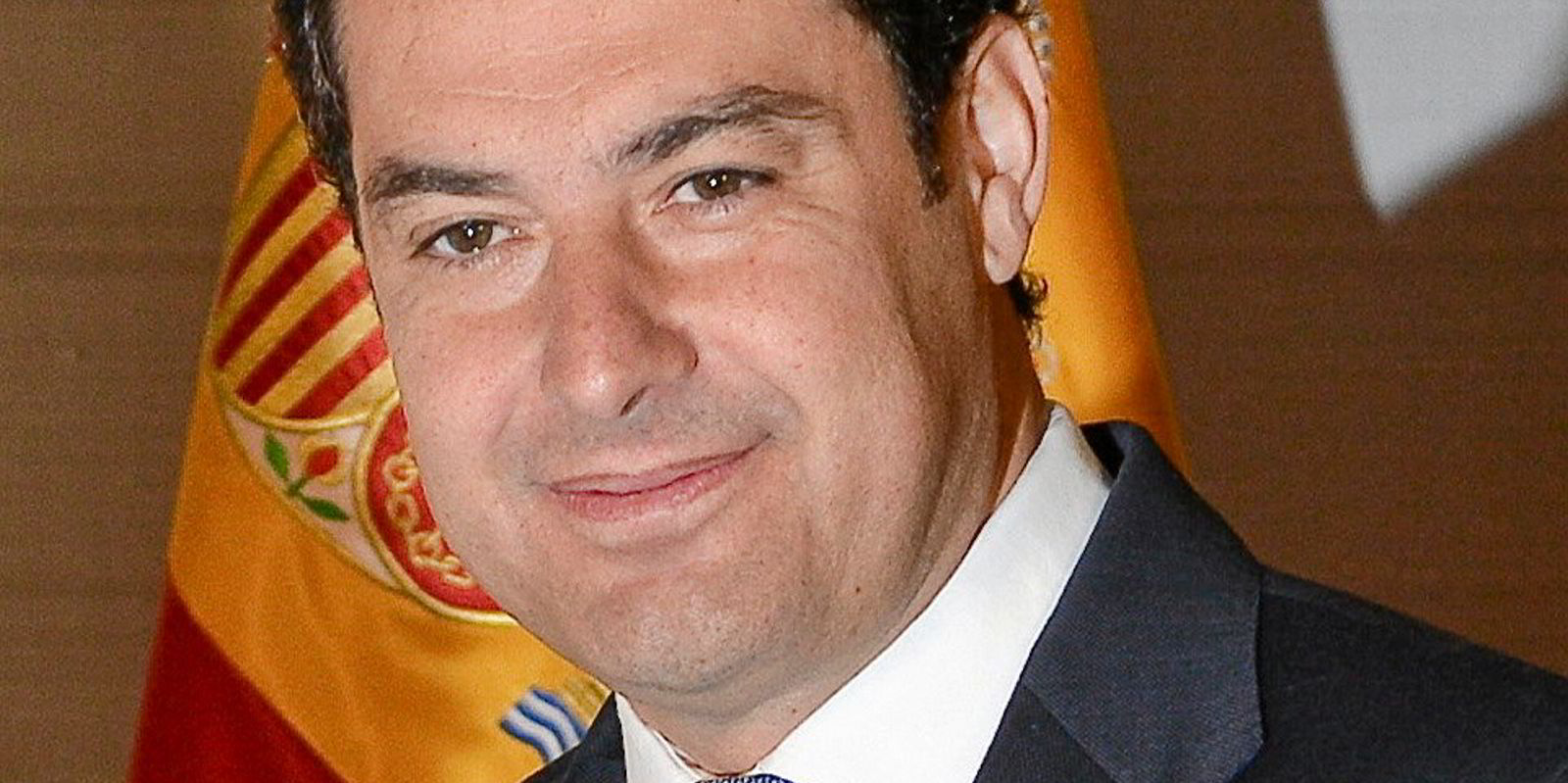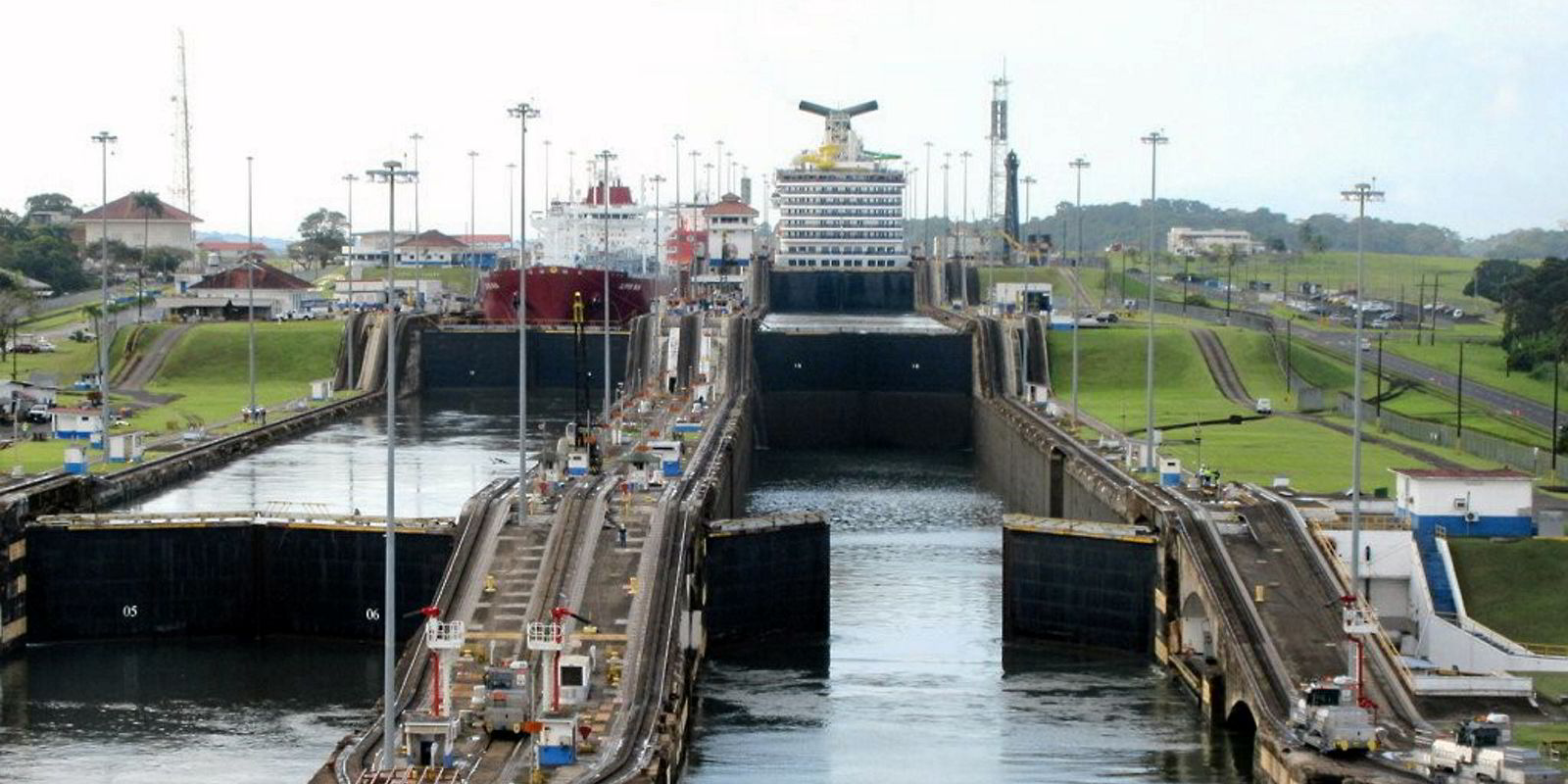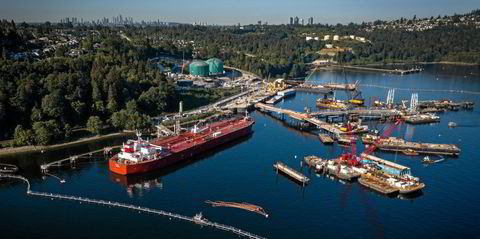The fight for increasingly scarce product tanker capacity may be about to get fiercer if Thomas Schumann gets his way.
The entrepreneur and founder of Thomas Schumann Capital (TSC) is aiming to ship some of the 350trn litres of fresh Arctic water trapped in Greenland’s glaciers on vessels to alleviate global droughts.
Schumann founded the New York, Frankfurt and Dubai-based company in 2011 and now has a dedicated investment vehicle, Project Greenland, to win water licences from the Greenland government.
The company’s slogan is: “Water is the one permanent asset. As long as there is life on this planet it will be needed.”
The former member of the German Air Force told TradeWinds: “My group is prepared and ready for immediate Arctic super-premium freshwater transfer in … dedicated FOSFA [Federation of Oils, Seeds & Fats Association] vessels to drought-stricken regions.
“In times of increasing and extreme freshwater stress in Europe, Middle East & North Africa, Africa, Mexico and many other regions, global freshwater transfer is a viable and called-for solution.”
The investor has clocked up 35 years in international business, sustainability, finance and social entrepreneurship.
He also has 11 years of global water expertise and stewardship in capital and private markets.
The company has been self-financed to date, but TSC is now “seeking strategic partners and investors for first and ongoing transfers”, Schumann said.
He told TradeWinds: “The Greenland freshwater has been harvested since 2020, albeit to date for bottling only.
Working with specialised broker

“The same process is now being used for semi-bulk [flexitank containers] and bulk vessel offerings, being the first-mover for global Arctic freshwater transfer.”
The UK and South African governments have already expressed interest, Schumann said.
TSC has not been working with any tanker companies in particular.
However, the principal said: “We engaged with a specialised broker in Norway, but welcome qualified tanker companies seeking freshwater cargo.”
No charters have yet been signed, but freight calculations have been made for different routes.
Schumann told TradeWinds that his company would prefer to ship cargoes on 40,000-dwt tankers to ensure economies of scale.
But smaller and larger ships such as 50,000-dwt MR2s could also be used.
Bigger ships possible
And even bigger vessels like LRs are possible if they are “qualified for liquid bulk cargo and have stainless steel tanks, as the freshwater is very pure and cannot be contaminated if used for drinking water purposes, which is the highest use”.
Product tanker supply is tight due to longer routes around the Cape of Good Hope to avoid Houthi attacks in the Red Sea.
But Schumann said: “Per our shipbroker, a good amount of the currently 300 to 500 dedicated liquid bulk, food-grade vessels on global oceans is available at around $0.04 to $0.07 per litre, depending on the routing.”
This compares with a free-on-board pricing of $0.05 per litre of water.
Contracts are pending, Schumann said.
The Greenland government website says the Danish-administered island holds 10% of the world’s freshwater reserves.
300bn tonnes per year
“There is a growing demand for freshwater on the world market, and the use of the vast water potential in Greenland may contribute to meeting this demand,” it adds.
A total of 200bn to 300bn tonnes of water melt from the Greenlandic ice sheet every year.
Glacial calving and meltwater flowing into fjords and the Greenland Sea create a vast potential to collect and exploit the ice and water, which in many locations is clean enough to drink directly from the source.
Once freshwater mixes with the salty seawater, desalination becomes expensive.
Clean freshwater can be used for drinking or food production, but also as bulk water for factories and farms or a contribution to bulk water supply.






